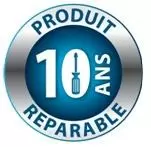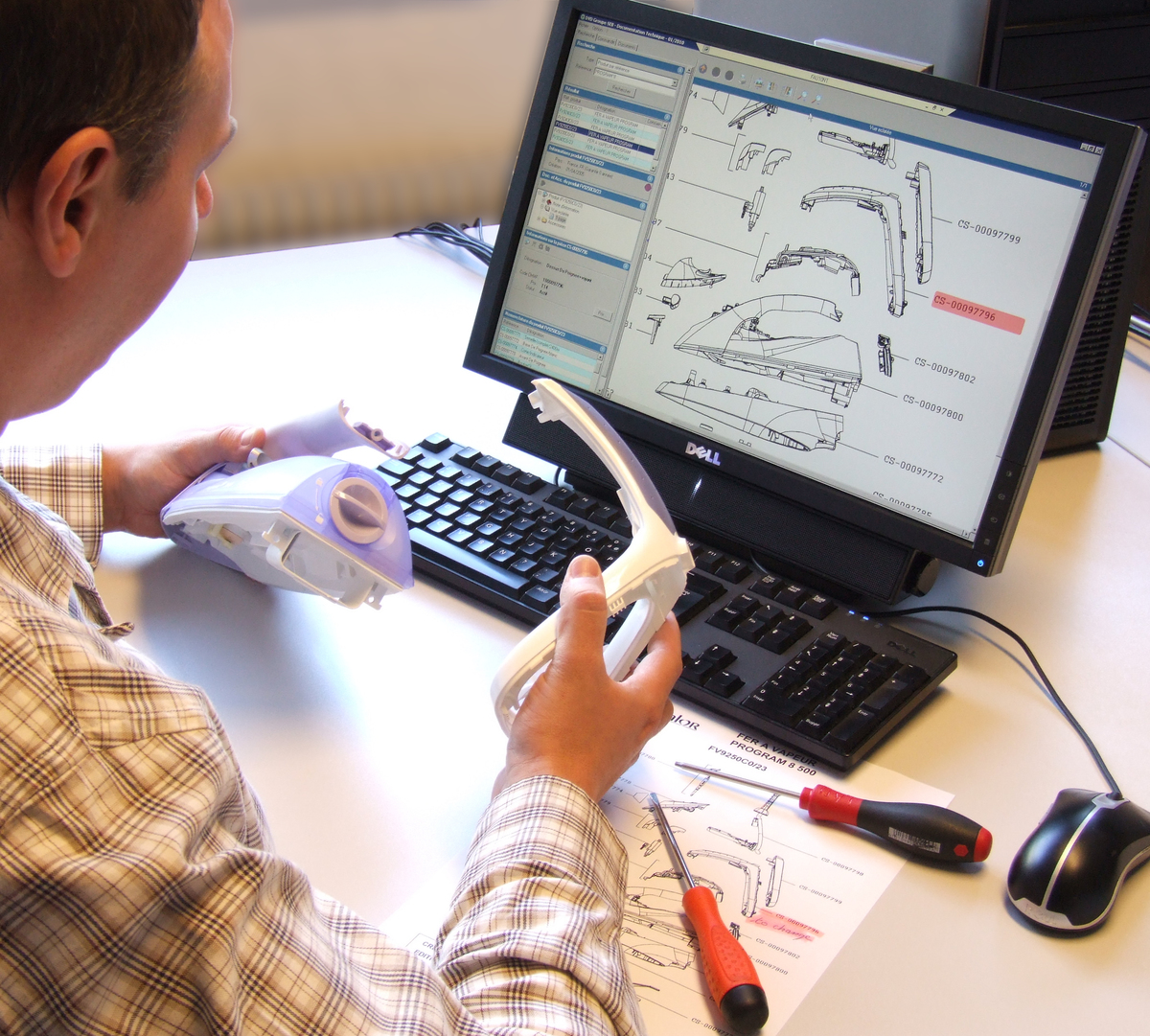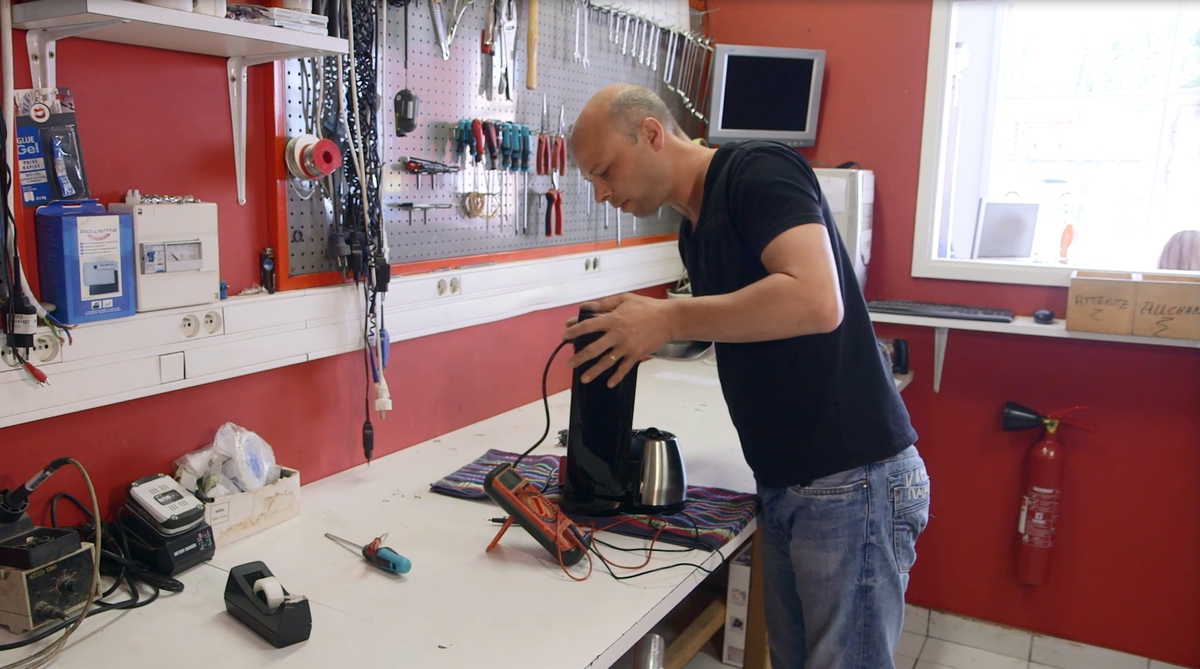Repairing has become as important as selling
Project details
- Main leader : Groupe SEB
- Type of initiative : Individual initiative (company, etc.)
- Périmètre : Monde
- Localisation : Les 4 M - Chemin du Petit Bois - 69130 Écully
- Date de début : janvier 2016
Economy circular topics
- Extending useful service life
- Responsible consumption
- Functional service economy
- Industrial and regional ecology
- Recycling
- Eco-design
- Sustainable procurement
Groupe SEB's initiative aims to guarantee the repairability of products for at least 10 years; in other words it guarantees spare part availability for up to 10 years after production of the appliances has ceased.
Repairability has gradually spread to the main sales countries and to a growing number of brands. Since 2016 the appliances concerned have been indicated by the “Product repairable 10 years” logo.
Qualitative benefits
- Manufacturers’ commitment of the repairability of their products is leading to the creation of jobs in the repair sector and consolidates this sector.
- Groupe SEB's initiative is instrumental in raising public awareness of repairing.
- Repair helps to identify product weaknesses, operations that consumers can carry out to service their products, etc.
Stages of the initiative
2008: the repairability initiative is launched
2016: the “Product repairable 10 years” logo appears on products
Obstacles:
- In some countries, throwing things away has become a habit in consumer behaviour.
The group is not faced with the same challenges in the various countries where the repairability initiative is deployed. Repair is the obvious thing to do in some countries whereas it is no longer a habit in others. In France, where the initiative began, repair lost much ground in the years 1990-2000. The habit of throwing things away and buying new ones took over and so many repairers had to close. The trend seems to be reversing again due to the rejection of programmed obsolescence and the general public's awareness of the impacts of the linear mode of consumption.
- Consumers are not sufficiently informed and aware of repair.
- The cost of repair may be a deterrent in a context where the price of new products tends to fall.
Levers:
- Repairability has become a selling point and customer loyalty.
- Consumers express an appetite for repair.
- The price of spare parts for SEB Group brand appliances decreased by 30-40%, and this has had a positive impact on the number of repairs.
The economic argument is central: for the idea to take root repair must represent a commercial interest and an interest for consumers. According to ADEME (Réemploi, réparation et réutilisation - Repurposing, repair and re-use, summary, July 2015), repairing is preferred only when it does not exceed 30% to 50% of the price of the new product.
- Regulations may encourage the development of product repairability.
In France, the law of 17 March 2014 on consumption obliges retailers to display the deadline for the availability of spare parts communicated by the manufacturer. The latter is also obliged to supply spare parts to retailers or repairers within a maximum period of two months.
But there are no tax incentives in France such as reduced VAT on labour and spare parts or tax credits that could boost repair by making it more competitive.
Photo credit : Groupe SEB
Areas of activity
- Services
- Information
- Trade
Resources
- Material efficiency
- Plastic
- Electronics
- Rare earths
Technical resources
The Group has a storage and dispatch centre located in Franche-Comté, where more than 40,000 parts are stored. This site is able to supply the European network within 24 to 48 hours.
The initiative is based on a network of 6,500 independent repairers in total, including 220 in France.
Groupe SEB aims to make the use of 3D printers more widespread. This process is particularly useful for parts that are rarely requested. It is currently being tested on 10 references but will be extended to 300 parts within 2 years.
Human resources
The Group has embarked on an enterprise initiative involving various departments (marketing, sales, design, etc.).


